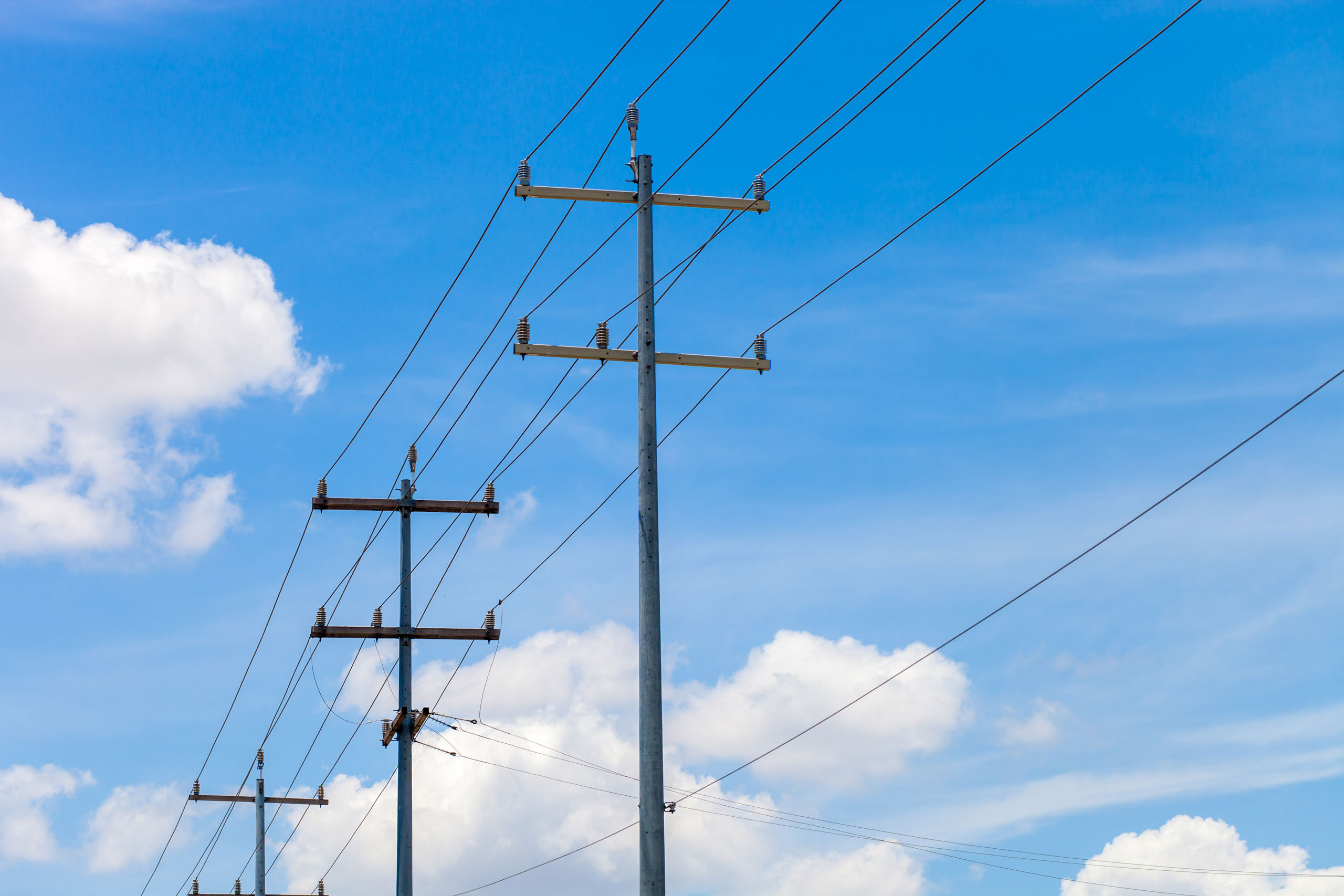Project of American Energy American Jobs Inc
© 2025 American Energy American Jobs Inc 
The Texas grid did its job during the freeze, but the job’s not done
Jan 22, 2024
More transmission is needed to maximize our grid’s capability.
The Dallas Morning News, Judd Messer
Since the winter freeze of 2021, Texas policymakers have been working thoughtfully to ensure the ERCOT grid is able to withstand extreme temperatures, especially during the winter months and for longer periods of time.
The Legislature and Public Utility Commission of Texas have taken several steps, including implementing rigorous weatherization inspections of power generation and transmission facilities, adopting a new ancillary service to react quickly to changes in supply or demand, and incorporating on-site fuel redundancies in the event of interrupted natural gas deliveries.
While the job is far from complete, the improvements have been meaningful, evidenced in part by the grid’s response during the cold snap last week that brought below-freezing temperatures to much of the state for three or more days. Initial forecasts prompted the Electric Reliability Council of Texas to request voluntary energy conservation from Texans, however, the grid ultimately responded as policymakers planned, and at no time was there a shortage of power reserves.
In fact, despite challenging weather conditions, resources worked in a complementary fashion during the week to provide affordable and reliable power. Dispatchable power plants worked through frigid temperatures with no major outages, wind energy provided nearly 30% of the power as ERCOT marked a new winter demand record on the night of Jan. 15, solar power contributed record power on Tuesday afternoon, and systemwide power prices never neared the extreme amounts that were predicted at peak demand times.
While Texas avoided another grid failure, demand for power is growing at a rate so steep that it’s almost impossible for ERCOT to keep pace, and that growth, combined with hotter summers and colder winters, will lead to more strain on the grid. The Legislature passed measures to incentivize investment in dispatchable power as a solution, but results could take a number of years to materialize. So, what else can be done to promise a swifter resolution?
For starters, we must expand the capacity and capability of the transmission system, our power lines that move electricity from power plants to the lower voltage distribution lines connected to your home and business. Without an improved, more robust transmission system, both reliability and affordability continue to be in jeopardy.
This reliability issue was highlighted most prominently by the freeze of 2021 when about 5,000 megawatts — enough to power roughly 1 million homes — was stranded behind constrained transmission lines. In September, thousands of megawatts of power in South Texas were unable to serve the needs of consumers in higher-demand areas due to similar constraints, an inadequacy that left Texans facing the only declared Energy Emergency Alert of the year. And, most recently, power was again stranded in South Texas on the morning of Jan. 15 when ERCOT called on Texans to voluntarily conserve energy.
For you, the consumer, perhaps the more troubling issue is how much it’s costing you to live with an antiquated transmission system. The Independent Market Monitor for the ERCOT region — its watchdog, if you will — reported that transmission bottlenecks such as these cost Texans over $5 billion in 2022 and 2023. A reliable grid is a grid in which affordable, abundant power can move to serve the Texans who need it.
Unfortunately, many of the powerful forces that profit from limited transmission are advocating to maintain the status quo, acting against the interests of everyday consumers. What Texans need now is for our state’s policymakers to address critical infrastructure failures and lead on transmission expansion, just as they prioritized the other reforms that delivered ample power during this most recent extreme weather event.
Texans can no longer afford for their leaders to choose politics over policy when the electric grid is involved. If our state wants to perpetuate the economic growth and prosperity we’ve enjoyed over the last several decades, we must build the infrastructure needed to support our growth. That starts with building a more robust and resilient electric grid that reliably brings Texans the energy they need.
Judd Messer is the Texas vice president of the Advanced Power Alliance. He wrote this column for The Dallas Morning News.
